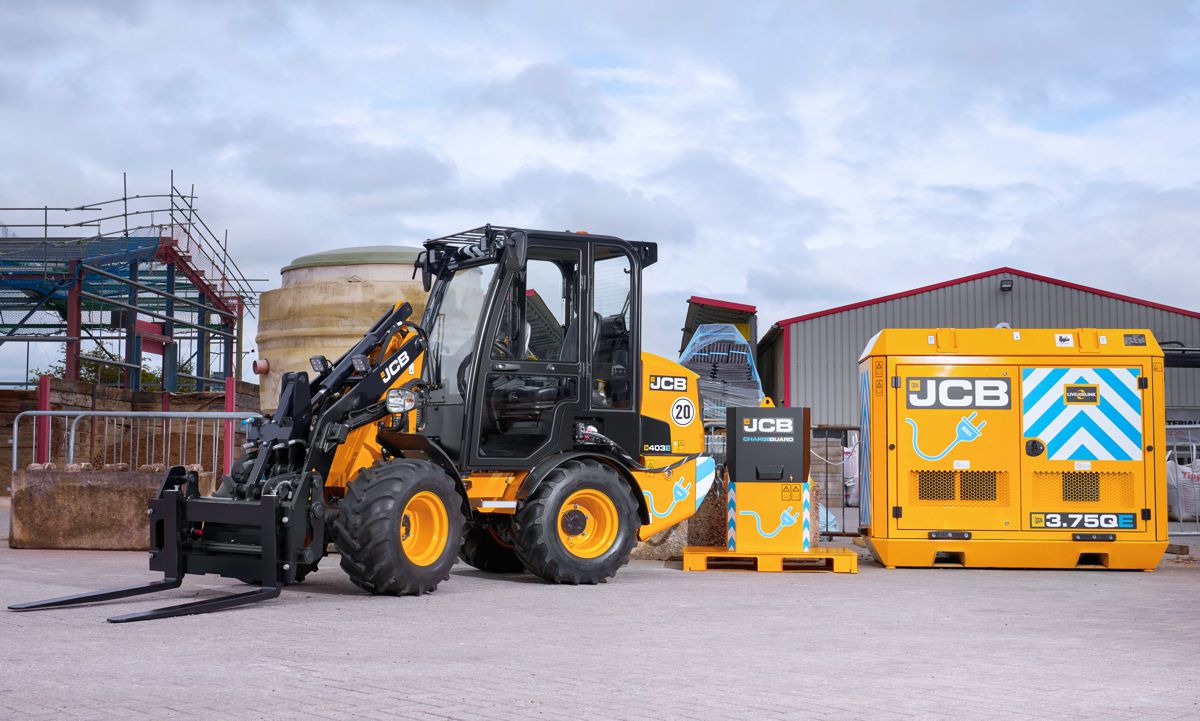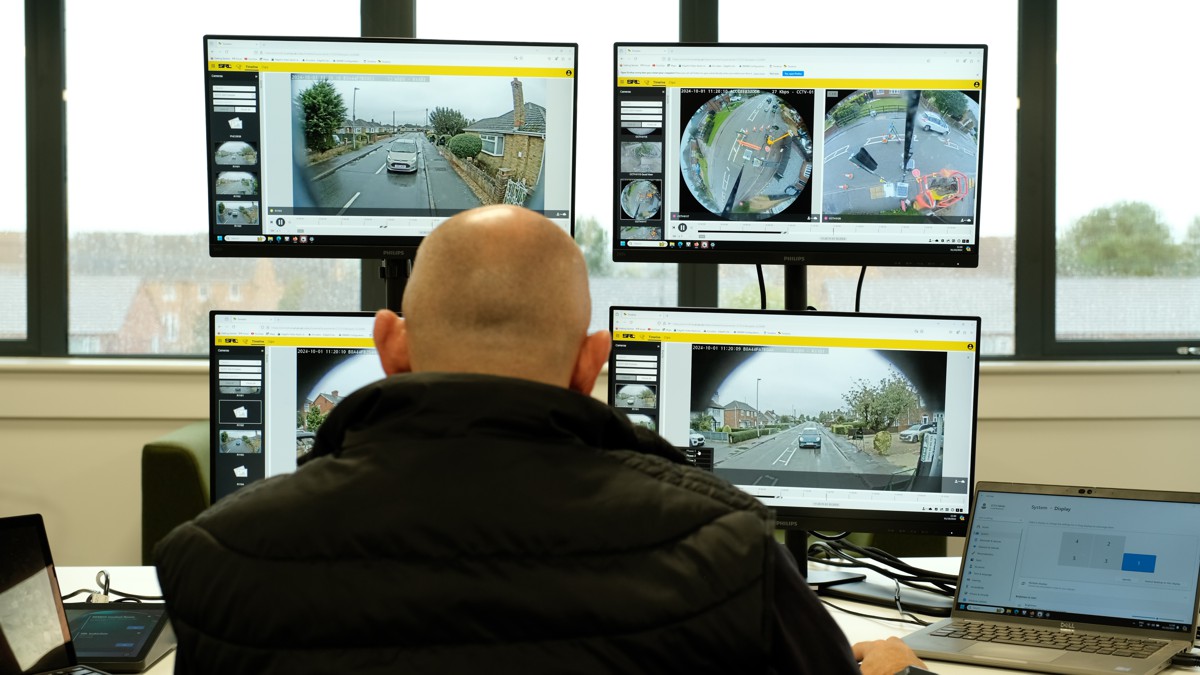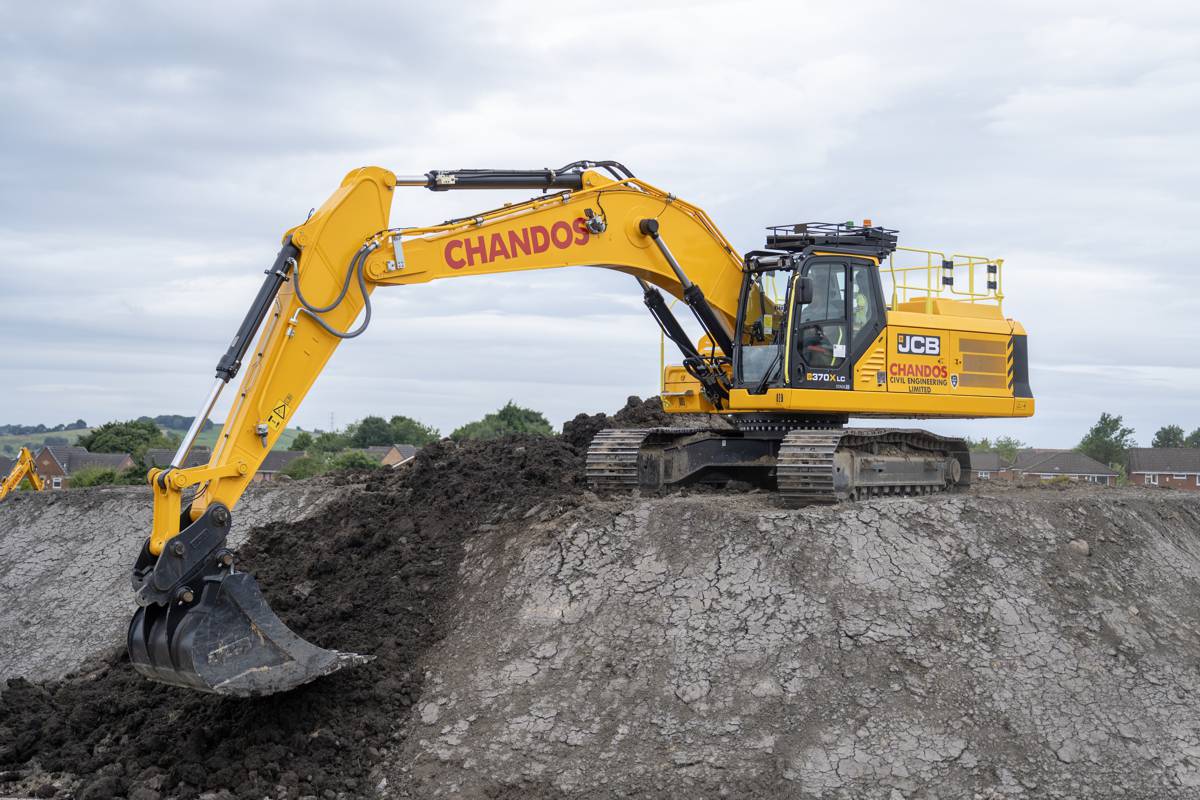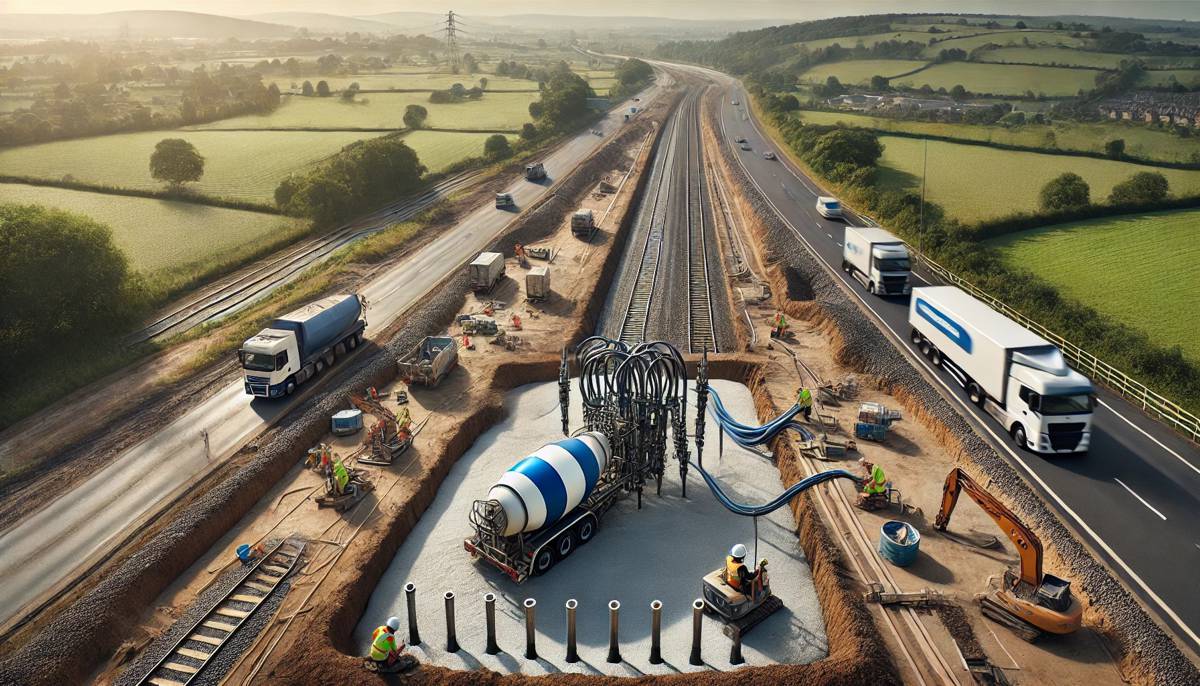Highways England warns drivers to give gritters space to work
They have attention grabbing flashing amber beacons, are 2.5 metres wide and are painted bright orange, but last year 36 Highways England gritters were driven into.
Gritters weigh up to 26 tonnes and when they’re spreading salt travel at 40mph. They often travel in the middle lane of a motorway to ensure the right amount of salt is spread to all lanes.
Paul Furlong, Highways England’s national winter and severe weather team leader, said: “Although the vast majority of people support our gritter drivers by leaving a sensible distance and only passing when it’s safe to do so, we do have occasions when people misjudge the situation and end up colliding with one of our vehicles.
“We have also noticed a growing problem with drivers using the hard shoulder to undertake gritters, risking a collision with stationary vehicles on the hard shoulder and causing a hazard to gritter drivers who need to exit at motorway junctions.
“During severe weather it’s really important that we keep traffic moving and our gritters are out on the network enabling us to do that.”
The back of a gritter is the most vulnerable area as it’s where the salt spreading equipment is located. If it’s struck it can mean the gritter has to be taken off the road to be repaired, which is costly and could affect critical services in extreme weather conditions.
Gritter drivers often feel vulnerable while out on the network due to the reduced speeds of 30 and 40mph that they have to travel, and two incidents involving gritter vehicles were recorded in the South West last year.
The advice this winter from Highways England aligns with the recently launched tailgating campaign Stay Safe Stay Back.
The safety campaign spells out the dangers of following too closely to the vehicle in front and urges drivers to obey the two-second rule, particularly important when driving in adverse winter weather conditions.
Mike Widger, a driver with Ringway, who service and maintain Highways England’s South West network, said: “Undertaking is almost a daily occurrence every time we go out.
“The hard shoulder is supposed to be for emergencies, breakdowns and emergency vehicles only, but we see cars, lorries and HGVs using it to get past us. It’s very worrying because in the dark and poor visibility you just can’t see if a vehicle has broken down or is stationary in the hard shoulder.
“We are doing a job to keep the network moving and to keep road users safe, and we want to get home safely too.”
In the South West there are more than 60 winter service vehicles on stand-by, all located at strategic sites across the region.
Highways England has just reopened its Edithmead depot, near M5 junction 22 (Burnham), bringing its total number of operational depots in the South West to 12.
Located between the Almondsbury and Chelston depots at junctions 16 and 26 respectively, the newly opened site will improve the company’s response time in dealing with potential incidents and any emergency repairs required in that area.
Highways England spokesman Rob Penney said: “The newly opened depot extends our reach along the M5, and will provide an ideal strategic base for our traffic officers and service delivery personnel and our Ringway partners, together with our general service and winter fleet of vehicles.
“We have been preparing since August, and we are ready in the event of any winter conditions.
“Safety is our priority and at this time of year, we’re also asking drivers to make sure they and their vehicles are also prepared for any eventuality. Before you set out, check your vehicle, the road conditions and the weather forecast.
“Whether people are heading to friends and family or commuting to work, we care about people’s journeys and during any severe weather our teams will be working around the clock to keep traffic moving.”
During severe winter weather drivers are urged to follow this advice:
- In snow and ice: Drivers should stick to the main roads where they can and only travel if necessary. Drivers are also encouraged to make sure they have a winter kit in their vehicle, including an ice scraper and de-icer, warm clothes and blankets and sunglasses to cope with the low winter sun.
- In high winds: Drivers should slow down and avoid using exposed sections of road if possible. Lorries, caravans and motorbikes are at particular risk.
- In heavy rain: Drivers should keep well back from the vehicle in front, gradually ease off the accelerator if the steering becomes unresponsive, and slow down if the rain and spray from vehicles makes it difficult to see and be seen.
- In fog: Drivers should switch on their fog lights and not use lights on full beam as the fog will reflect the light back. If drivers really cannot see, they should consider stopping until it is safe to continue.
To keep informed about driving conditions along their journeys, drivers are advised to follow messages on the overhead signs and listen to radio updates.
















